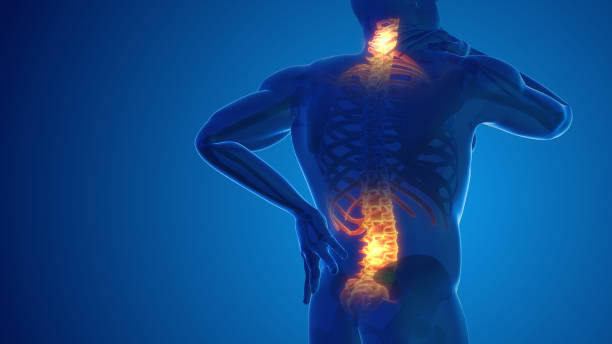Back pain can interfere with daily life, making simple activities like bending, lifting, and even sitting uncomfortable. For orthopedic patients, Back Pain Management effectively is crucial to improving mobility and overall well-being. The good news is that small adjustments in daily habits can make a big difference. This guide explores simple but effective ways to support back health and achieve lasting relief.
Understanding the Causes of Back Pain
Before adopting new habits, it helps to understand the common causes of back pain:
| Cause | Explanation |
|---|---|
| Poor Posture | Slouching or hunching over can strain the spine. |
| Weak Core Muscles | A weak core does not support the spine properly. |
| Improper Lifting | Lifting objects incorrectly increases the risk of injury. |
| Prolonged Sitting | Sitting for long periods reduces flexibility and weakens muscles. |
| Inadequate Sleep Support | Sleeping on an unsupportive mattress can contribute to discomfort. |
By identifying the underlying cause, you can make the right adjustments for effective pain management.
Small Daily Adjustments for Big Relief
1. Improve Your Sitting Posture
Spending hours sitting can contribute to back pain. To reduce strain:
- Sit with your back straight and shoulders relaxed.
- Keep feet flat on the floor and knees at a 90-degree angle.
- Use a chair with proper lumbar support or place a cushion behind your lower back.
- Avoid crossing legs, as it may misalign the spine.
2. Strengthen Core Muscles
A strong core helps stabilize the spine and reduce strain. Simple core exercises can be beneficial:
| Exercise | How to Perform | Frequency |
| Pelvic Tilts | Lie on your back, tighten your stomach, and tilt your pelvis slightly upward. | 2-3 times a day |
| Bridges | Lie on your back, bend knees, and lift hips. Hold for a few seconds. | 3-4 times a week |
| Bird-Dog | On all fours, extend one arm and the opposite leg, then switch. | 3-4 times a week |
3. Maintain Proper Sleeping Habits
Poor sleep posture can worsen back pain. To sleep better:
- Use a medium-firm mattress for optimal support.
- Sleep on your side with a pillow between your knees.
- If sleeping on your back, place a pillow under your knees.
- Avoid stomach sleeping, as it strains the spine.
4. Lift Objects the Right Way
Lifting heavy objects incorrectly can lead to injuries. Follow these techniques:
- Bend at the knees, not at the waist.
- Keep the object close to your body while lifting.
- Engage your core muscles for added support.
- Avoid twisting your spine while carrying heavy loads.
5. Take Breaks and Stretch Regularly
Sitting or standing for too long can tighten muscles. Incorporate these stretches into your daily routine:
| Stretch | How to Perform | Benefit |
| Knee-to-Chest | Lie on your back, pull one knee to your chest, hold, then switch. | Relieves lower back tension |
| Seated Spinal Twist | Sit with feet flat, twist your upper body to one side, hold, then switch. | Improves flexibility |
| Standing Forward Bend | Stand, bend forward slowly, and reach for your toes. | Stretches the lower back |
6. Stay Active with Low-Impact Exercises
Regular movement can prevent stiffness and improve strength. The best exercises for back health include:
- Walking – A gentle way to keep the spine flexible.
- Swimming – Provides resistance without stressing the joints.
- Yoga – Helps with posture, flexibility, and relaxation.
7. Manage Stress for Better Back Health
Stress can cause muscle tension and increase back pain. Consider relaxation techniques such as:
- Deep breathing exercises.
- Meditation or mindfulness practices.
- Gentle stretching before bed to relax muscles.
When to Seek Professional Help
While small changes can significantly reduce back pain, persistent discomfort may require medical attention. Consult a doctor if you experience:
- Severe or worsening pain.
- Numbness or tingling in the legs.
- Difficulty standing or walking.
- Pain that interferes with daily activities.
A healthcare provider may recommend physical therapy, pain management strategies, or further medical evaluation.
Conclusion
Back Pain Management is not about making drastic lifestyle changes but about incorporating small, consistent habits that promote spinal health. By improving posture, strengthening core muscles, adjusting sleep habits, and using proper lifting techniques, orthopedic patients can experience significant relief. Staying active, managing stress, and knowing when to seek professional help will further support a pain-free and active life. With these simple adjustments, you can take control of your back health and enjoy greater comfort every day.



